BISFF – Interview with Sébastien Simon
BISFF - 세바스티앙 시몬과의 인터뷰
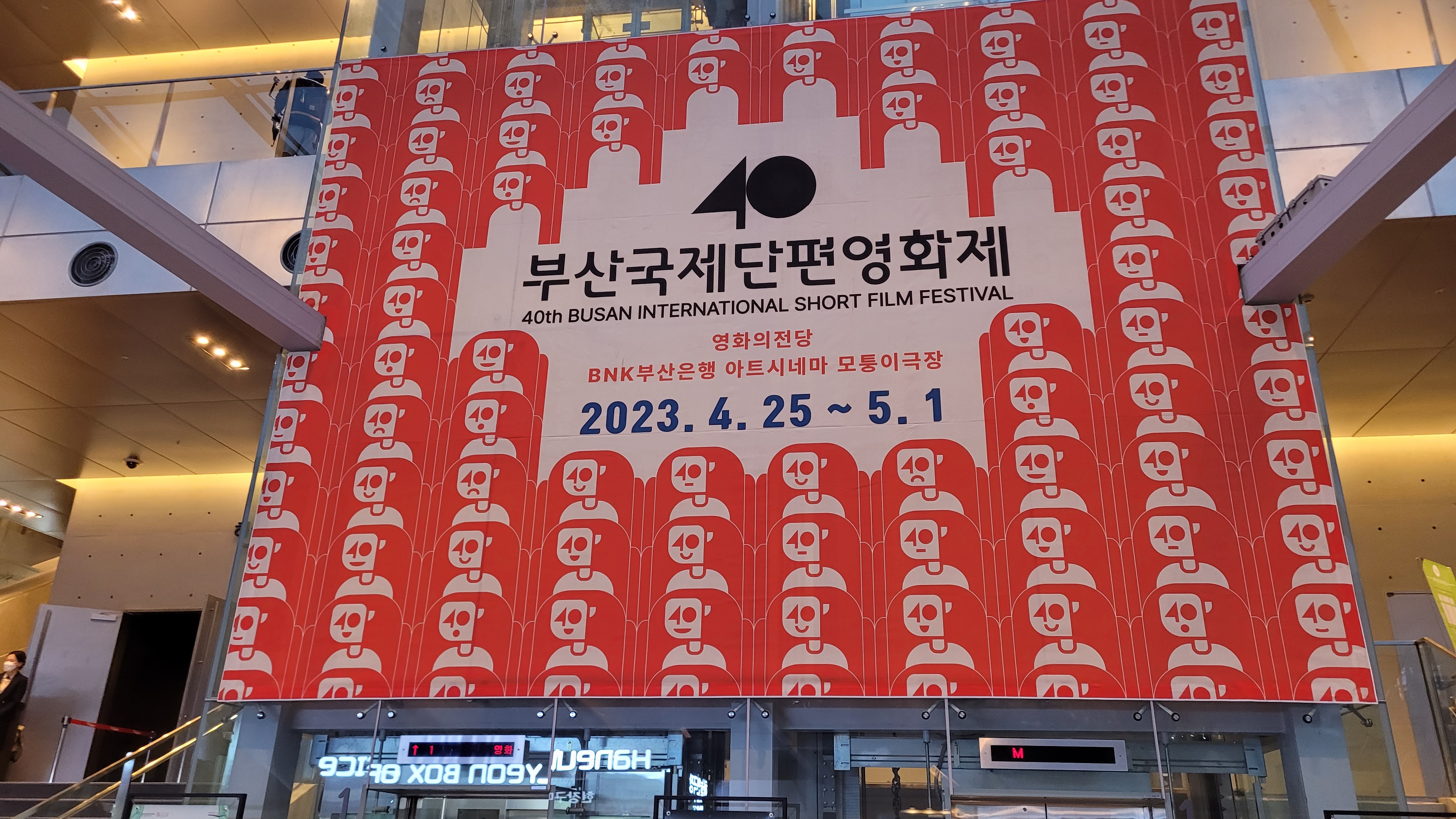
Sébastien Simon is a cornerstone of the Busan cinema scene. A member of the Busan International Short Film Festival, he is one of the longest serving members of the team, having worked with BISFF since 2012, and has been a programmer since 2017. He currently works as a professor at Dongseo University-International College in the film department and on April 28, 2023 he helped kill cinema. I sat down with him to talk about the Busan International Short Film Festival and his section “the Death of Cinema(s).”
세바스티앙 시몬(Séastien Simon)은 부산 영화계의 초석이다. 부산국제단편영화제의 멤버로 2012년부터 BISFF에서 근무했고, 2017년부터는 프로그래머로 활동해 오고 있는 그는 이 팀에 가장 오랫동안 종사해온 인물 중 한 사람이다. 현재 동서대학교 영화과 교수로 재직 중은 시몬은 2023년 4월 28일, 영화를 죽였다. 그와 함께 부산국제단편영화제와 그가 맡은 부문인 “영화(관)의 죽음”에 대해 이야기를 나누어보았다.
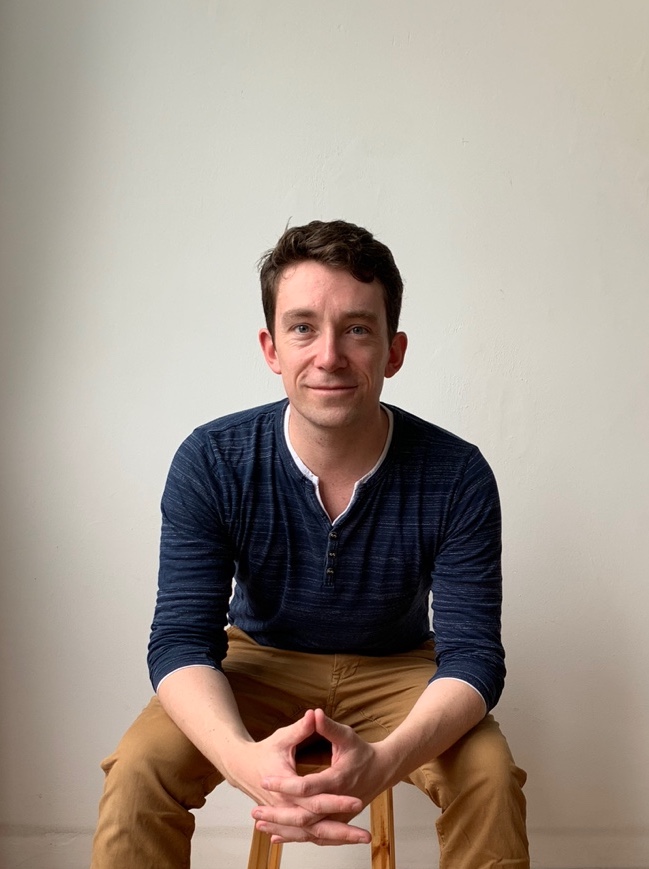
C: Thanks for talking with us. You’ve been with the Busan International Short Film Festival for a while. What makes it different from the larger Busan International Film Festival held in October?
Chris(이하 C): 시간을 내 주셔서 감사합니다. 부산국제단편영화제와 오랫동안 함께 해 오고 계신데요. 10월에 열리는 큰 규모의 부산국제영화제와는 어떤 점이 다른가요?
S: The biggest difference is the cultural focus. BIFF has short films but that’s not their focus. They focus more on feature films and are more industry focused. You can see this in the extra aspects of the two festivals. BIFF has a marketplace for filmmakers to sell their films to distributors. The
BISFF programmers are film professors more often than not and this gives the selections more of an academic feel to them. Another big difference is that BISFF film makers are younger. Ninety percent of short films in Korea are made in school and BISFF allows them to show them in a setting other than a classroom. We also have roundtables and forums that are more academic in spirit, focusing on the many technical aspects of making short films.
Simon(이하 S): 가장 큰 차이점은 문화적인 집중입니다. 부산국제영화제도 단편영화를 다루지만 주요 관심사는 아니에요. 장편 영화나 산업에 좀더 중점을 두고 있지요. 두 축제의 부대 행사 측면을 보면 이 사실을 알 수 있습니다. 부산국제영화제는 영화제작자들이 배급사에게 영화를 판매할 수 있는 상업 시장을 엽니다. 반면 부산국제단편영화제의 프로그래머들은 대부분 영화 관련 교수들이고, 그들에게 보다 학문적으로 느껴지는 작품 선정을 하게 됩니다. 또 다른 큰 차이점은 부산국제단편영화제의 영화제작자들이 더 젊다는 거예요. 한국 단편영화의 90퍼센트가 학교에서 제작되고, 부산국제단편영화제는 그들이 강의실이 아닌 다른 환경에서 작품을 선보일 수 있는 장을 마련해 줍니다. 보다 학구적인 분위기를 북돋을 수 있도록 단편영화 제작의 다양한 기술적 측면을 다루는 회의와 포럼도 마련되어 있지요.
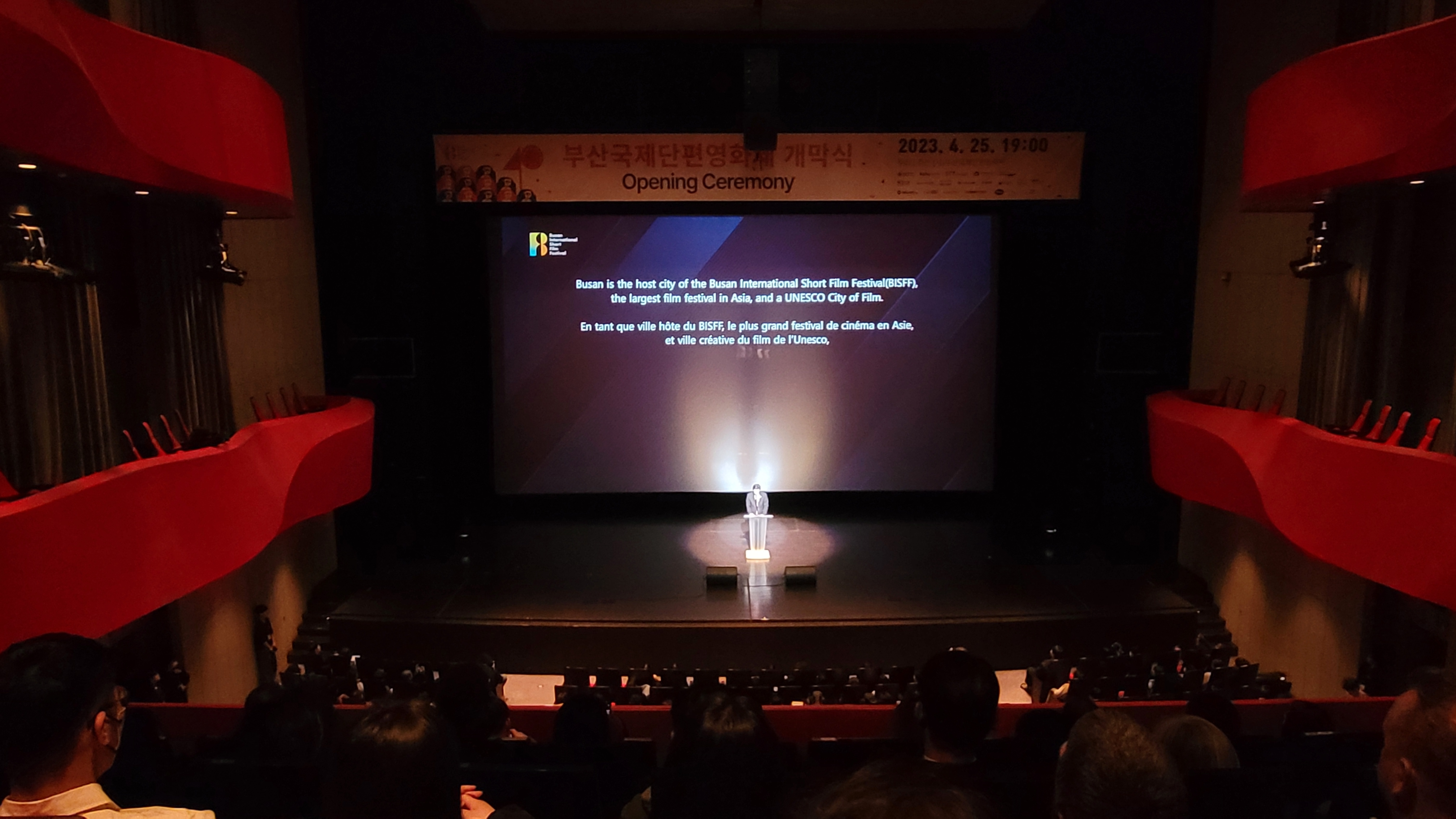
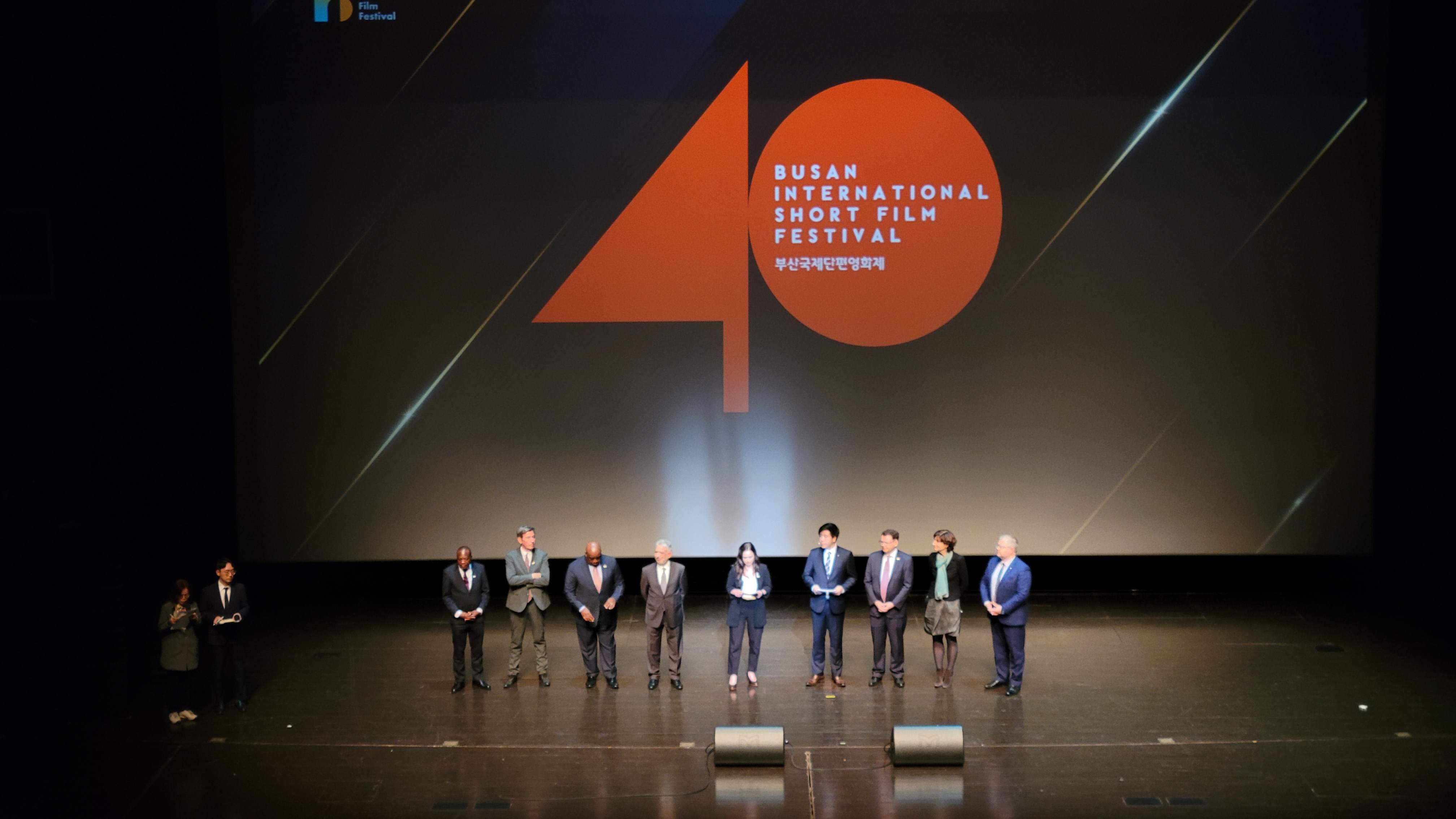
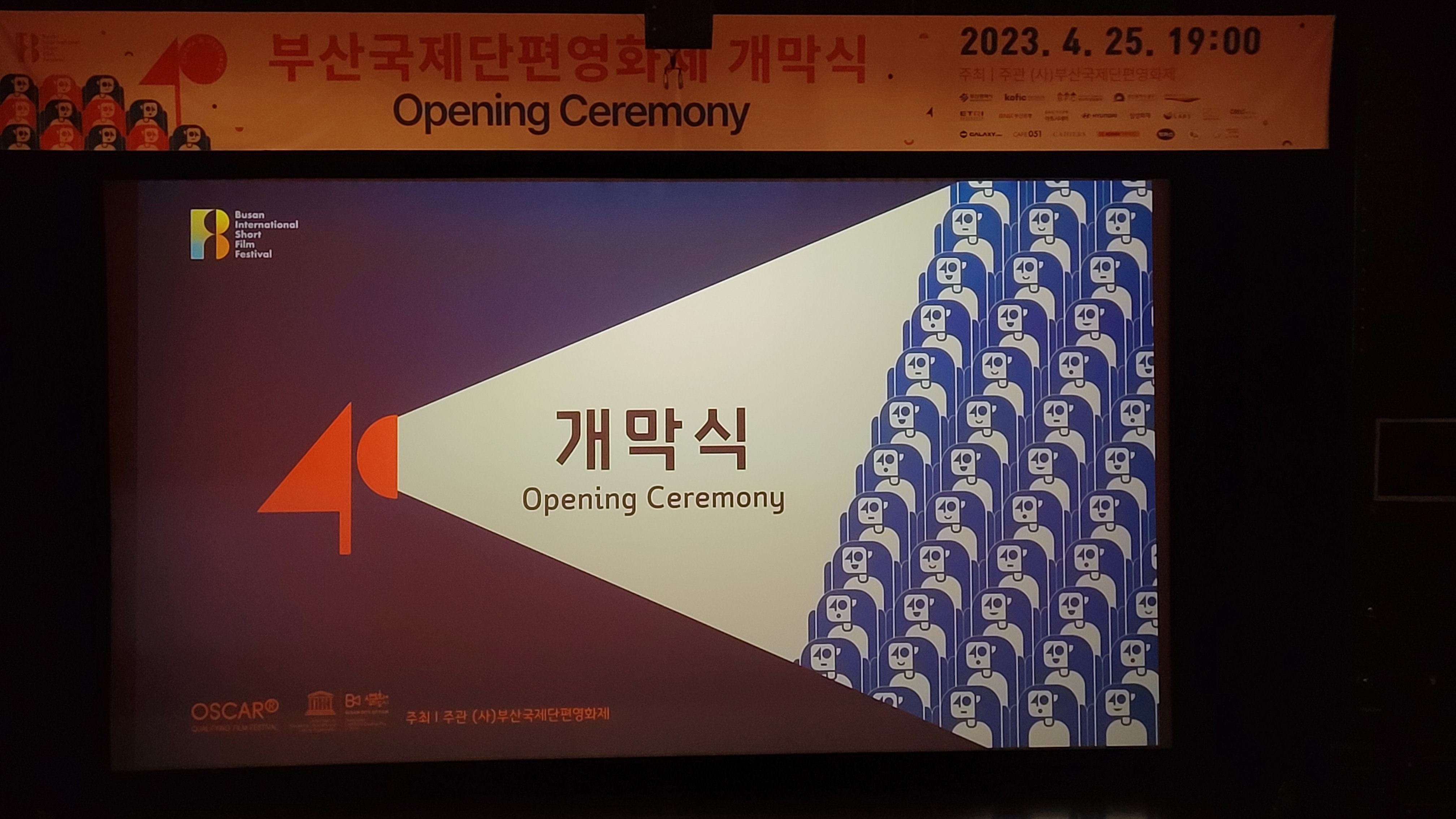
C: What is happening at the Busan International Short Film Festival this year?
C: 올해 부산국제단편영화제에는 어떤 것을 기대해 볼 수 있을까요?
S: This year we have 8 sections each with different programs each examining a different theme. Every year we collaborate with a different country around the world to bring short films from that country to feature and this year is the US. We have a lot of films focusing on the Asian American experience, looking at multi-cultural aspects and concerns the filmmakers have seen within the community they live in.
I am personally excited about the "Rendez-vous with AFIS" which showcases 5 short films from the Asian Film School, Korea’s film school that creates an opportunity for upcoming film creators to learn in Korea and foster co-productions between their home country and Korea.
This is the fourth iteration of that project. We have several workshops this year as well, and the one I am most excited about is the 3D workshop led by Alaric Hamacher which will give members of the Busan community an opportunity to learn how to make and shoot a 3D film and give those films
a premier in the festival.
S: 올해는 서로 다른 테마를 다루는 8개의 프로그램으로 구성되어 있습니다. 매년 전세계의 단편영화를 가져올 수 있도록 여러 나라와 협업하고 있고, 올해는 미국과 함께 합니다. 아시아계 미국인들의 경험에 초점을 맞춰 다문화적 측면과 영화제작자들이 공동체 내에서 살아가며 보았던 고민거리들을 들여다보는 여러 영화가 준비되어 있어요.
저 개인적으로는 아시아영화학교에서 만든 5개의 단편영화를 쇼케이스한 AFIS랑데부를 기대하고 있어요. 아시아영화학교는 차세대 영화제작자들에게 한국에서 영화를 공부할 기회를 제공하고 그들의 고국과 한국 간의 공동 제작을 돕는 한국의 영화학교입니다.
이번이 네 번째 프로젝트예요. 올해 몇 번의 워크샵도 마련되어 있는데, 그 중 제가 가장 기대하고 있는 건 부산이라는 공동체 속 멤버들에게 3D 영화를 어떻게 제작하고 촬영하는지 배울기회를 될 Alaric Hamacher의 3D 워크샵이에요. 제작된 영화는 영화제에서 상영할 예정입니다.
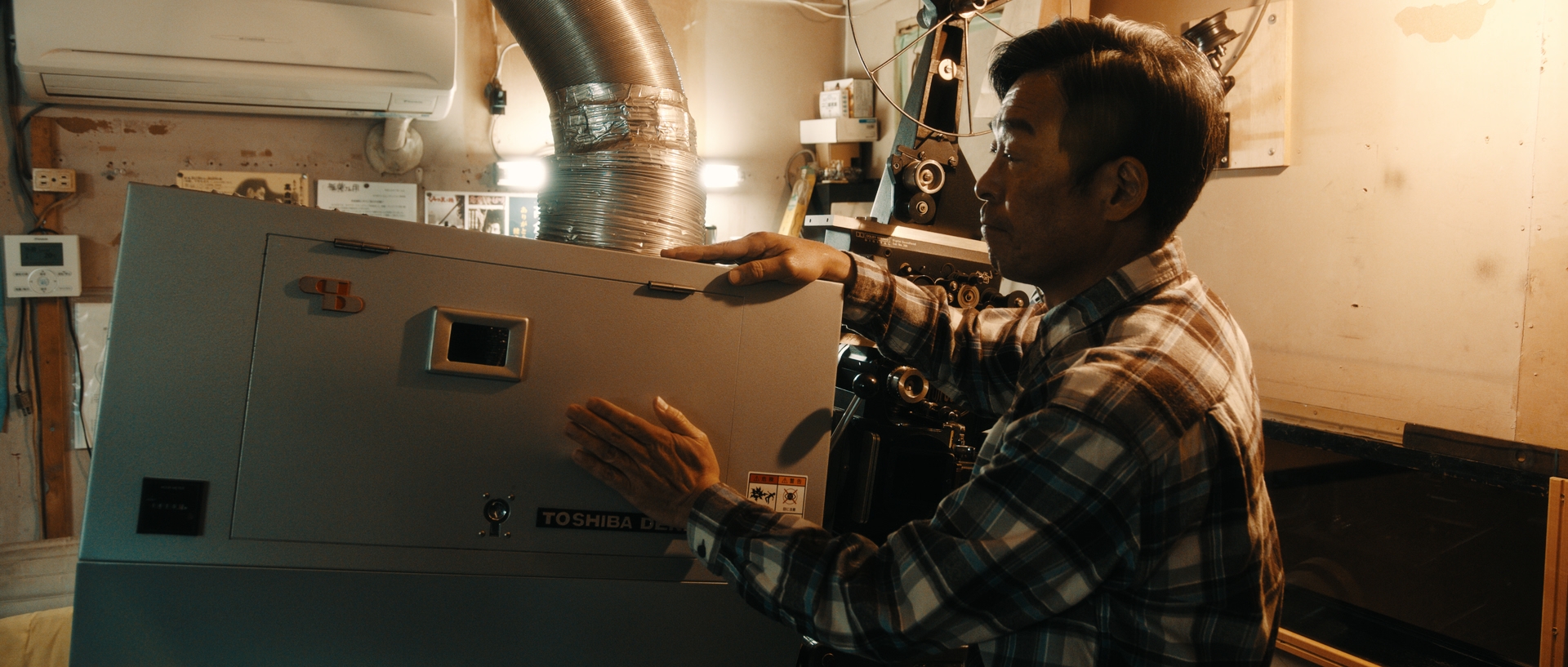
C: You were talking about a special program you created this year. Can you tell us about it?
C: 올해 특별한 프로그램을 제작하셨다고 들었는데요. 어떤 프로그램인지 소개해 주시겠어요?
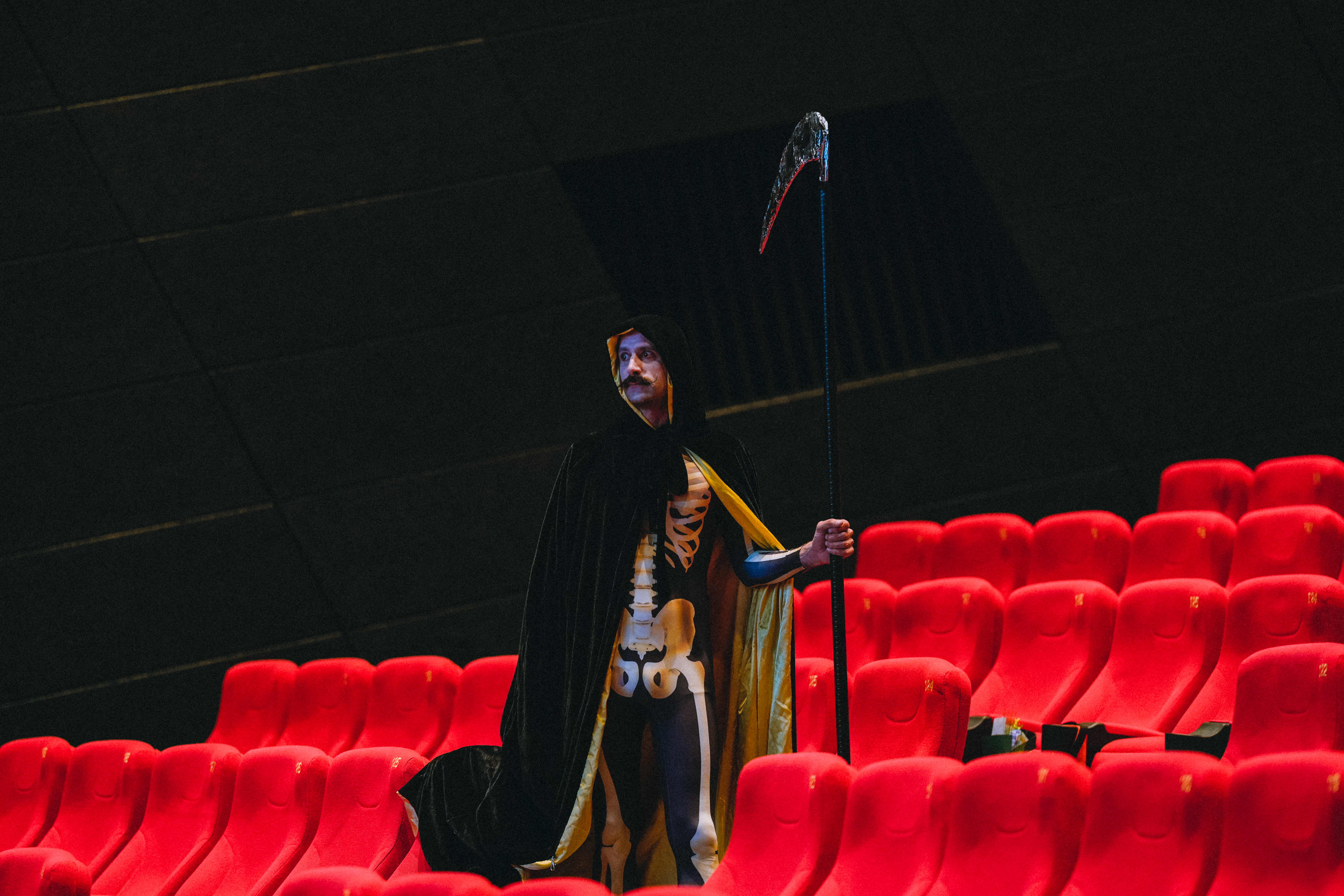
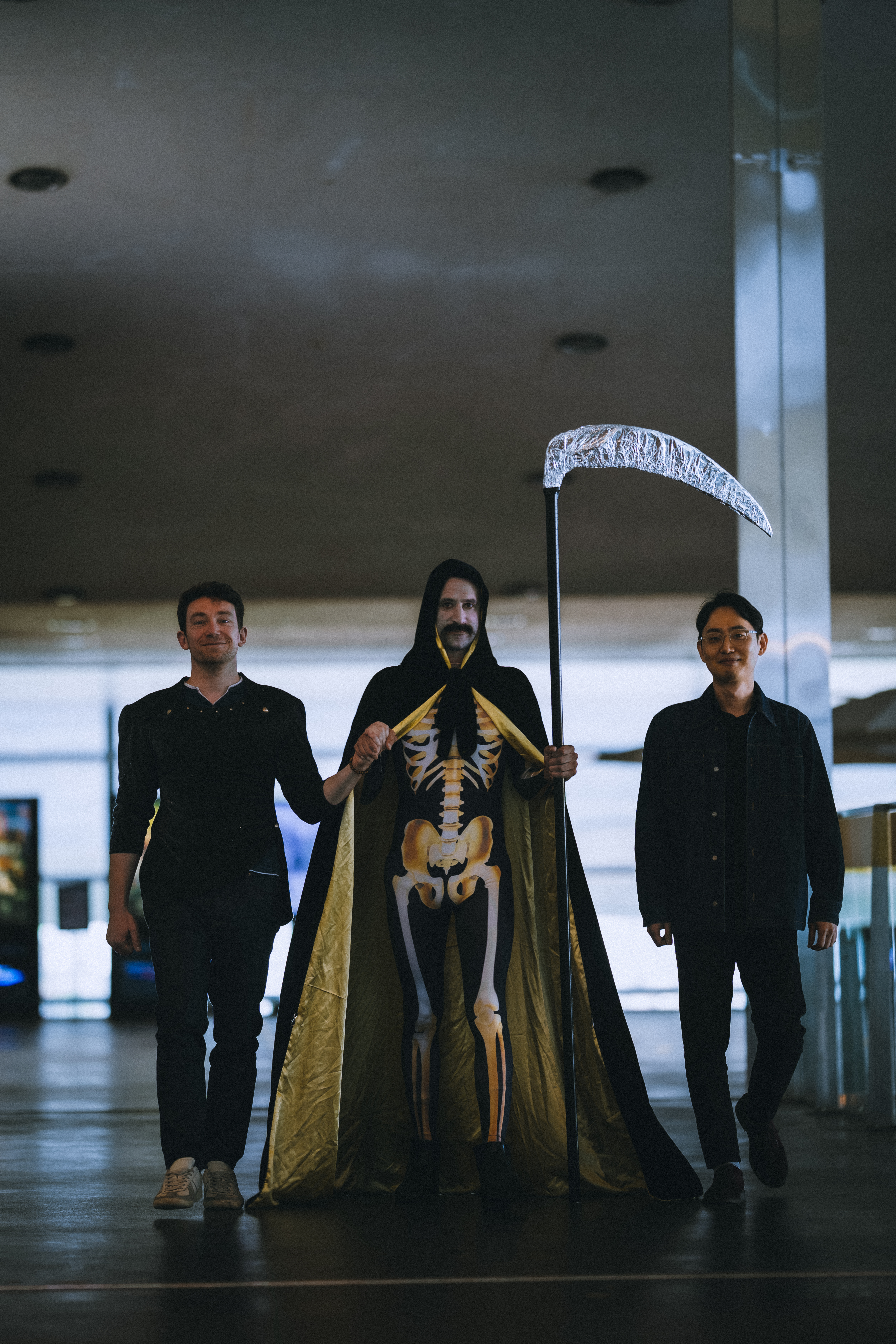
S: I am calling it “the Death of Cinema(s).” I’m very excited about this program. The title is a play on what is happening to cinema and is fitting given that this is the 40th anniversary of the short film festival where we were supposed to celebrate surviving but there’s a program about how we died. The title comes from an idea that seems to resurface every 10 to 15 years. For example, when TV came out people were talking about how that was going to kill the cinema. Then when home video emerged, they said the same thing, then digital media or video games. Even something like the Covid pandemic was said to be the death of cinema. So, the idea is a bit trendy and maybe will be relevant
in 2030 or 2040.
S: 저는 이 프로그램을 “영화(관)의 죽음”이라고 부르고 있어요. 이 프로그램에 대한 기대가 큽니다. 영화계에 무슨 일이 일어나고 있는지를 보여주는 제목이고, 40주년을 맞이한 단편영화제가 지금까지 살아남았다는 걸 축하해야 하는 자리지만 이 프로그램은 우리가 어떻게 죽었는지에 관해 이야기합니다. 이 제목은 10년에서 15년마다 매번 새롭게 떠오르는 생각에서부터 비롯되었습니다. 예를 들어, TV가 처음 등장했을 때 사람들은 이로 인해 영화가 죽을 거라고 생각했습니다. 홈비디오가 나왔을 때도 똑같은 말을 했고, 디지털 미디어나 비디오 게임이 등장했을 때도 마찬가지였죠. 코로나 팬데믹 사태가 시작되었을 때조차 영화의 죽음에 대한 말이 있었어요. 그러니 이 아이디어는 꽤나 트렌디하면서도 2030년이나 2040년에 유의미해질 수도 있겠네요.
C: So, you aren’t actually killing cinema?
C: 그러니까, 실제로 영화를 죽이지는 않으시는 거죠?
S: No. The title is catchy and I hope it hooks people’s attention and brings them to the theater to see the program. But the idea for the program itself came to me over the years. When I program for a section I have to limit the program to films shot on the Asian continent. But this one film from the section was shot in a movie theater as the setting for the story of the film. I thought it was interesting. Another one from Taiwan was shot in an abandoned movie theater as its venue. That’s why the title in Korean is translated to “the Death of the Movie Theater.” It explains the art form
itself, but the first three films were shot in movie theaters. In fact, one of them was shot during Covid. It deals with how movie theaters are closing down everywhere, not just in Asia. It’s a theme that is everywhere. I saw a film from Senegal several years ago that I wanted to show, but I couldn’t show at the time because it’s not Asian.
S: 아닙니다. 귀에 쏙 들어오는 제목이라, 사람들이 관심을 갖고 이 프로그램을 보러 극장으로 오기를 바랍니다. 하지만 이 프로그램에 대한 아이디어가 떠오른 지는 몇 년이나 되었어요. 섹션을 기획할 때는 아시아 대륙에서 촬영된 영화와 관련된 프로그램으로 한정되어 있었습니다. 하지만 이번에는 해당 섹션의 영화 중 하나가 영화관을 배경으로 이야기를 펼칩니다. 흥미롭다고 생각했어요. 또 다른 대만 작품 하나는 버려진 영화관을 배경으로 합니다. 그래서 이 제목의 한국어 버전이 “영화(관)의 죽음”으로 번역된 거예요. 예술의 형식 그 자체를 이야기하면서도 처음 세 영화는 영화관에서 촬영된 작품들입니다. 사실 그 중 하나는 코로나 사태 중에 촬영되었어요. 아시아뿐만 아니라 세계 전역에서 어떻게 영화관들이 문을 닫는지를 다루는 작품입니다. 어디에나 적용될 수 있는 테마이지요. 몇 년 전 세네갈 영화 한 편을 보고 상영하고 싶었는데, 아시아 영화가 아니라 상영할 수 없었습니다.
C: Where are the films in “the Death of Cinema(s).” from?
“영화(관)의 죽음”에서 상영하는 영화는 어느 나라 작품들인가요?
S: There’s one movie from Japan, one from Taiwan, one from the Philippines and one from Korea. There’s also one from China, but it’s an experimental film that’s more of a mashup. The filmmaker is one of my former students and she did a montage in one of my classes that fit this topic perfectly.
Well, it was more about cinephilia and I thought it fit well in the program.
S: 일본 작품 하나, 대만 작품 하나, 필리핀 작품 하나, 한국 작품 하나가 있습니다. 중국 작품도 하나 있는데 실험영화다보니 매쉬업에 가까워요. 영화제작자는 제가 이전에 가르친 제자 중 한 명인데, 제 강의에서 이 주제에 완벽하게 부합하는 몽타주를 만든 적이 있습니다. 시네필리아에 더 가깝다고 할 수 있겠네요. 이 작품이 제 프로그램에 딱 맞다고 생각했습니다.
C: What do you think of when you pick the films?
C: 어떤 기준으로 작품을 선택하시나요?
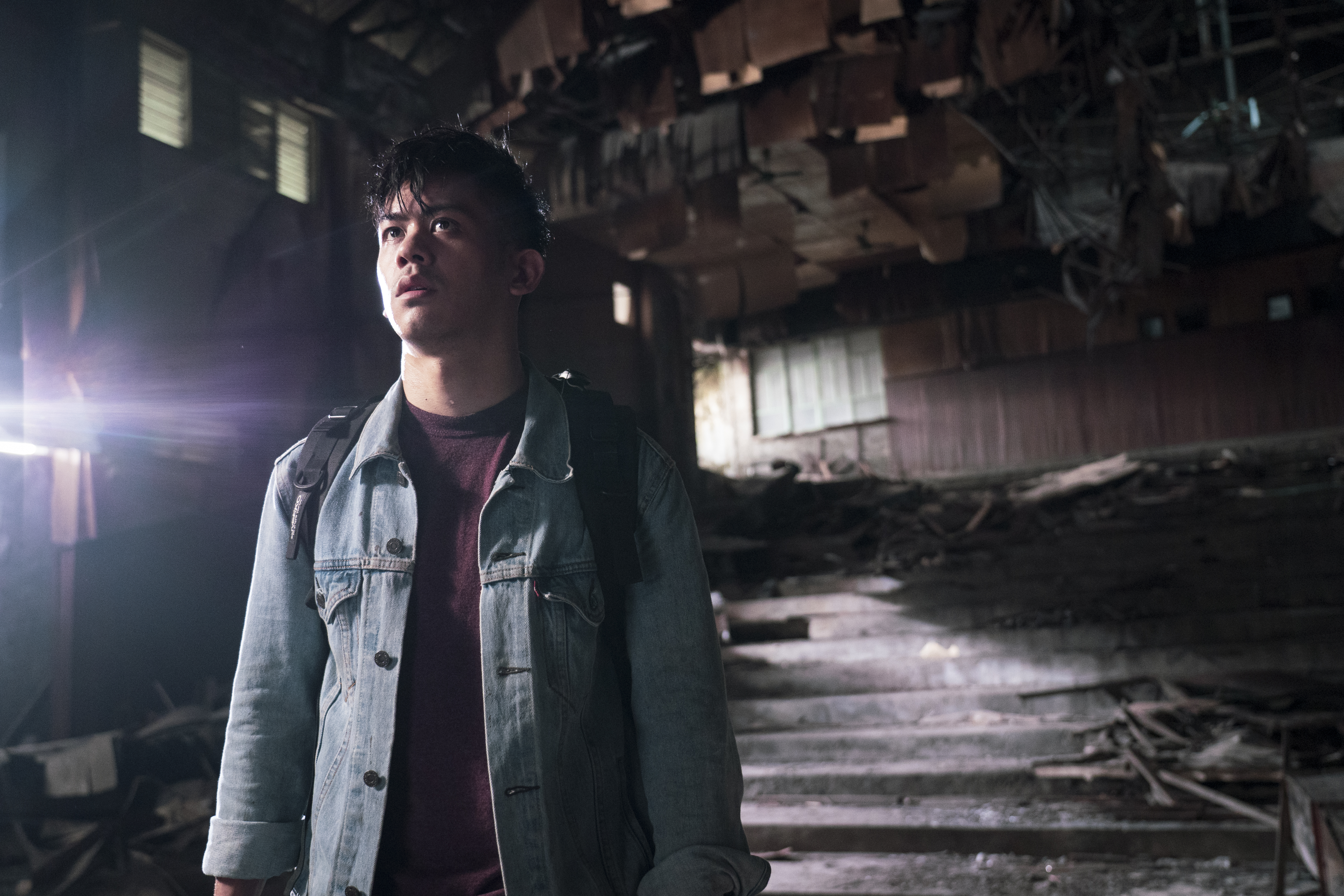
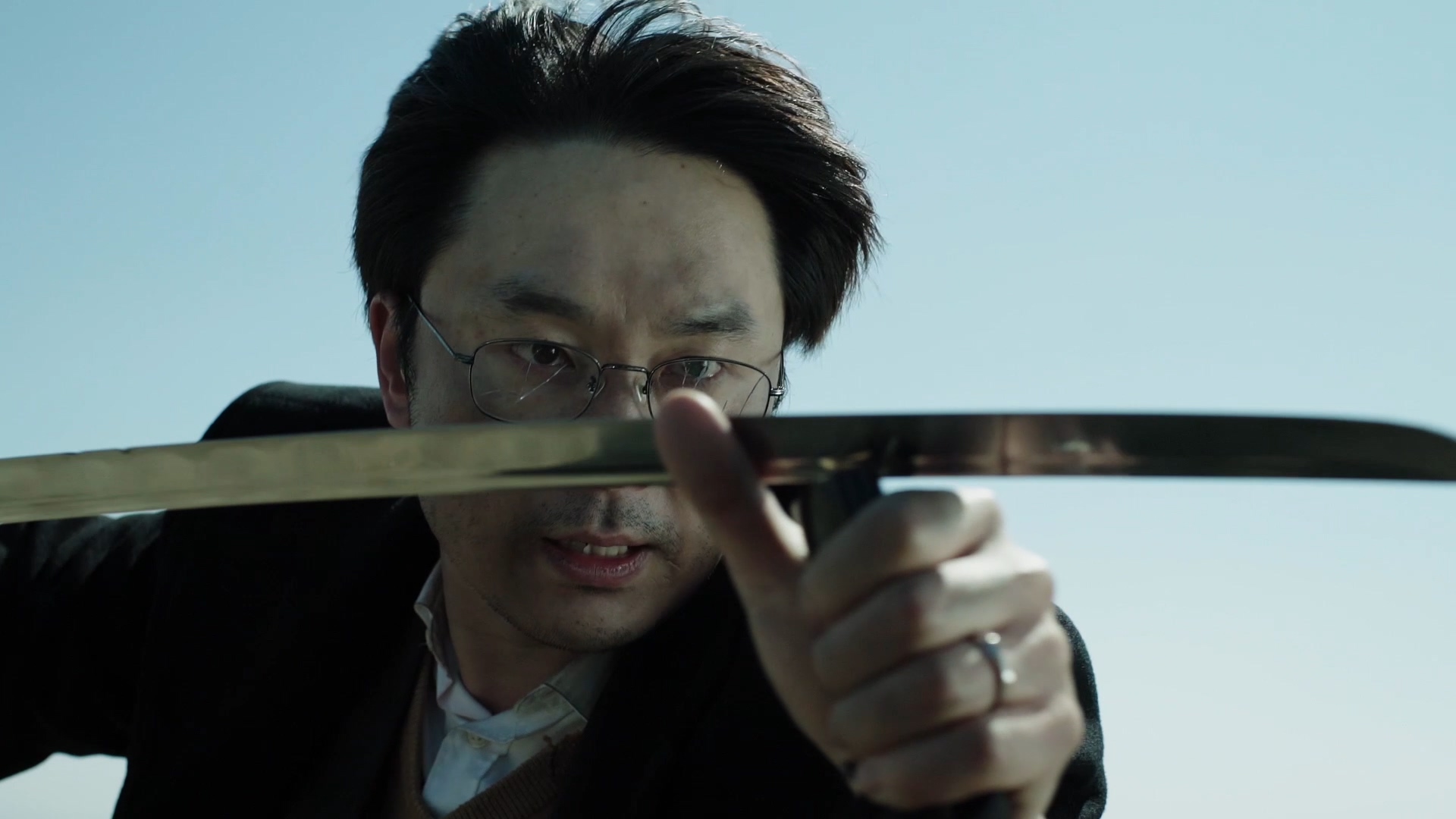
S: I’m limited somewhat to the topic and countries that I can pick from sometimes, and I’m limited by the time restraints. But I look for the balance of themes, tones, duration and genre when picking the films. It’s where the job becomes super interesting. Ideally you find a balance of documentaries, fiction and animation at least. Even if you screen just fiction, will it be five hardcore dramas or is it three comedies and two dramas? Playing with this is really fun.
S: 때때로 선택의 기준이 주제나 국가로 한정되지만, 시간 제약도 있습니다. 하지만 작품을 고를 때는주제, 어조, 상영 시간, 장르 간의 균형을 중시합니다. 덕분에 무척이나 흥미로운 작업이 됩니다. 이상적인 목표는 적어도 다큐멘터리, 픽션, 애니메이션의 균형을 지키는 겁니다. 픽션만 상영한다고 해도 하드코어 드라마를 다섯 작품 소개할 수도 있고, 세 편의 코미디와 두 편의 드라마를 상영할수도 있는 거죠. 정말이지 재미있는 작업입니다.
C: What can the viewers expect from this program?
C: 관객들이 이 프로그램으로부터 무엇을 얻을 수 있을까요?
S: For “the Death of Cinema(s).” the first three films, the ones from Japan, Taiwan and the Philippines, have this standard 15-minute duration, but the Korean film is 40 minutes. It’s a bit longer than others but I wanted to find at least one film from Korea since I know that a lot of independent movie theaters here are closing down. Like the Seoul Arthouse Cinema.
But that film, it’s called “Apocalypse runner,” wasn't shot in a movie theater like the others and forced me to change the focus a bit because it’s an action-comedy set in a post-apocalypse world, so it’s not like the death of cinema at all. But it was so funny and well made that it took me by surprise. Its duration was a bit of a bother since I had to dismiss two other films, but I hope that, after three films that are exactly about the title, that this film will be refreshing, especially when it becomes clear that it’s not about that. The premise of the film is that in this post-apocalyptic world, what good does it do that one of the characters was a movie critic in the past. The whole program is very meta-cinematic.
S: “영화(관)의 죽음”에서 상영하는 첫 세 편의 영화는 각각 일본, 대만, 필리핀 작품이고 상영시간은 일반적인 단편영화와 같이 15분입니다. 하지만 한국 작품은 40분 길이에요. 다른 작품보다 상영 시간이 조금 길지만 현재 여러 독립영화관들이 문을 닫고 있는 추세라는 걸 알고 있기에 적어도 한편의 한국 영화는 상영하고 싶었습니다. 서울 아트하우스 시네마도 그런 영화관 중 하나죠.
하지만 “종말의 주행자”라는 이 영화는 다른 작품과는 달리 영화관에서 촬영된 작품이 아니어서 초점을 바꿀 필요가 있었습니다. 이 영화는 포스트아포칼립스 세계를 배경으로 한 액션코미디여서 영화의 죽음과는 아무런 상관이 없었거든요. 하지만 이작품은 너무 재미있는데다 잘 만든 영화여서 놀라움을 금할 수 없었습니다. 상영 시간이 길어 다른 두 작품을 반려해야 하는 어려움을 겪어야 했지만, 제목에 완벽하게 부합하는 세 편의 작품 뒤에 이 영화가 신선하게 다가오기를 바랍니다. 이 영화가 제목과 상관없다는 사실이 확실해진 다음에는 더더욱 더 그렇게 느끼기를 바라요. 이 영화는 포스트아포칼립스 세상을 전제로, 과거에 영화
평론가였던 한 인물의 존재가 어떤 선한 영향력을 발휘하는가에 초점을 맞춥니다. 전체 프로그램 자체가 굉장히 메타시네마틱 하지요.
C: You mentioned that the first three films fit the theme of the program perfectly, how is that?
C: 처음 세 영화가 프로그램의 주제에 완벽하게 부합한다고 하셨는데, 조금 더 설명 부탁드립니다.
S: They are true to life. The Japanese film is set in Kitakyushu and is about a theater owner who is struggling to keep the theater open during the Covid pandemic. It was shot 2019, and the theater's owner will come to Busan for the screening. It’s a bit ironic and very unfortunate that the theater
burned down last year but at least it lives on in the film. The Filipino film is shot in a rundown theater that wasn’t closed yet. That one has since closed as well.
S: 세 작품 모두 매우 사실적인 영화들이에요. 일본 영화는 키타큐슈를 배경으로 코로나 팬데믹 기간 중 극장을 계속 운영하기 위해 고군분투하는 극장 오너의 이야기를 담고 있습니다. 2019년에서 2022년 사이에 촬영되었고, 작품이 상영될 때 실제 극장 오너가 부산을 방문하실 예정입니다. 아이러니하고 슬픈 일이지만 해당 극장은 지난 해 화재로 소실되었지만 적어도 영화 속에서는 계속해서 살아갈 거예요. 필리핀 영화는 아직 문을 닫기 전 쇠퇴해가는 영화관에서 촬영되었습니다.이 영화관도 그 이후 문을 닫았어요.
C: It’s good that the owner will be here.
C: 오너가 부산을 방문할 예정이라는 건 좋은 소식이네요.
S: Yes, in fact all five film makers will be here for the premier and will take questions from the audience. So, it will be a bit long. I expect the audience will have a lot of questions. Plus, I have a surprise for the audience. I have invited Death itself to the Q&A session. He agreed to attend both
performances and he will hold the mic for the Q&A and for the second showing, since there is no Q&A session he and I will play chess. This is a nod to the “7th Seal,” the 1957 Swedish film directed by Ingmar Bergman that most cine-philes will know.
S: 네. 사실 다섯 분의 영화제작자 모두 상영회 때 부산에 오셔서 관객들과 질의응답을 가질 예정입니다. 그래서 꽤 긴 프로그램이 될 거예요. 관객들께서 질문을 많이 해 주시길 바랍니다. 게다가 관객을 위한 깜짝 선물도 마련되어 있어요. 질의응답 코너를 위해 죽음을 초대했습니다. 상영에도 참여하고 2차 상영 때는 질의응답 때 마이크를 잡아주겠다고 약속했어요. 질의응답 코너가 없으니 저와 함께 체스를 두기로 했죠. 이건 영화애호가라면 대부분 알고 계실 1657년 개봉한 잉마르 베리만 감독의 스웨덴 영화 “제7의 봉인(The 7thSeal)”에 보내는 인사와도 같습니다.
C: You invited death?
C: 죽음을 초대하셨다고요?
S: He and I are very close friends. His name is Nico Lesage: he is a French performer who will be in town that I am close friends with. One of the nice things about the Busan International Short Film Festival, that I’m not sure the programmers at the Busan International Film Festival could get away with, is having more latitude to play around with things like this. Like three years ago, the program I directed was titled “Surprise”. So, all the information in the catalog was redacted so the audience was surprised by the films.
S: 죽음과 저는 아주 친한 친구 사이예요. 그의 이름은 니코 르사지에요. 저랑 친한 친구인 프랑스 연기자인데, 부산으로 올 예정이에요. 부산국제단편영화제의 프로그래머들이 이것 없이는 견디지 못할 거라고 생각하는 영화제의 장점 중 하나가 바로 이런 자유도입니다. “서프라이즈”라는 이름으로 제가 기획했던 3년 전의 프로그램처럼 말이죠. 당시에는 카탈로그에서 관련된 모든 정보를 삭제해 관객들이 영화를 보고 놀라도록 기획했습니다.
C: You directed a 3D film recently. What made you interested in shooting this film?
C: 최근 3D 영화를 감독하셨죠. 이 영화를 찍게 된 계기가 무엇인가요?
S: One of my colleagues here at the short film festival is Alaric Hamacher, a teacher and expert in 3D films. He is responsible for the 3D section here at the festival and he helped guide me to this project. It started out as just a way to experiment and learn the technology but as it progressed
I felt more of a desire to make a film and make it watchable. I teach film editing but also photography as a partnership between four universities, and this year I became more interested in teaching them about stereoscopic 3D photography. The film was finished in June, but it took six months to troubleshoot the issues with the technology and it wasn’t 100% finished until March of this year. I’ve been sending it out to festivals and so far, 8 have said yes.
S: 단편영화제 동료 중 한 명인 Alaric Hamacher는 3D 영화 강사이자 전문가입니다. 영화제 3D 부문을 책임지고 있는 그가 이번 프로젝트에서 저를 이끌어 주었어요. 단순히 3D 기술을 실험하고 배우기 위해 시작한 프로젝트였지만 진행이 되어갈수록 실제로 관람 가능한 영화를 만들고 싶다는 마음이 커졌습니다. 저는 네 개 대학에서 파트너십으로 영화 편집뿐만 아니라 사진도 가르치고 있는데, 올해는 학생들에게 3D 사진술을 가르쳐보고 싶다는 마음이 큽니다. 이 영화는 6월에 제작완료 되었지만 기술적 문제를 해결하는 데 6개월이 소요되었고 올해 3월까지도 100% 완료되지 못했어요. 지금은 영화제에 출품한 상태고, 8명이 승낙을 해 주셨습니다.
C: Why is BISFF important to Busan?
C: 부산국제단편영화제가 부산에 중요한 이유는 무엇인가요?
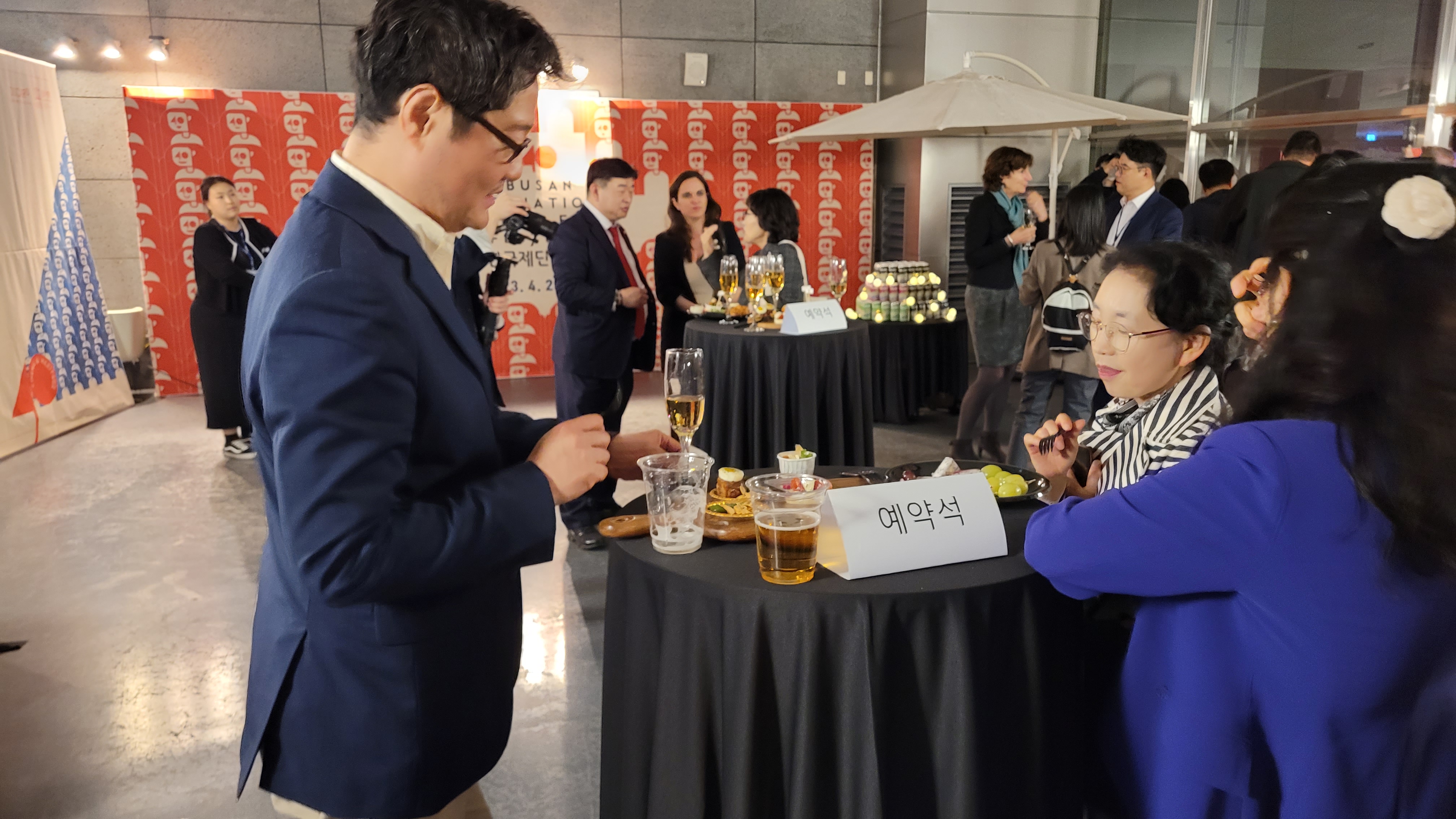
S: It’s tricky to say. In some ways, we don’t reach very many people. We have thirty-two thousand seats available but even if every seat was full that’s less than 0.1% of Busan’s population. But what the BISFF does is present short films and allows their directors to gain feedback from audiences. Short films aren’t commercially successful and many of them wouldn’t be shown if it weren’t for festivals like ours. The festival is Oscar Qualifying and also qualifying for the Canadian Screen Awards, the Spanish GOYA awards, and BAFTA. It helps cement Busan as having an important
place in Korean cinema and helps bring the Oscar brand to Busan. It helps younger film makers, who are the ones who often make short films, to connect with productions who will help make longer films.
S: 대답하기 힘든 질문이네요. 어떤 면에서는 영화제가 많은 사람들에게 알려지지 않았다고 말할 수 있겠어요. 32,000석의 좌석이 마련되어 있지만 전 좌석이 매진된다 하더라도 부산 전체 인구의 0.1%보다 적은 수입니다. 하지만 부산국제단편영화제가 하는 일은 단편영화를 선보이고 그 영화의 감독들이 관객으로부터 피드백을 얻도록 돕는 것입니다. 단편영화는 상업적으로 성공하는 영화가 아니어서 부산단편영화제와 같은 영화제가 아니고서는 상영되기가 힘들어요. 부산단편영화제는 아카데미 공식 지정 국제영화제이자 캐나다 스크린 어워드, 스페인 GOYA 어워드, BAFTA 지정 영화제입니다. 저희 영화제는 부산을 한국 영화에서 중요한 의미를 갖는 장소로 그 역할을 공고히 하고, 오스카라는 브랜드를 부산에 가져옵니다. 단편 영화를 자주 만드는 젊은 영화제작자들을 보다 장편의 영화를 만들 수 있게 도와주는 프로덕션과 연결시켜줍니다.
C: Thanks for talking with us today.
C: 말씀 나눠주셔서 감사합니다.
S: Thank you. I hope that you can enjoy the festival before cinema dies!
S: 감사합니다. 영화 죽기 전에 영화제를 재미있게즐기시기를 바랍니다.


